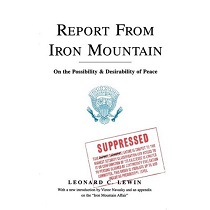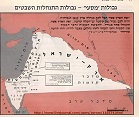International development under the supervision of the CIA. The Rise and Fall of USAID
Pavel Kotov
Украина.ру

Donald Trump and his team launched a powerful attack on the United States Agency for International Development (USAID), effectively paralyzing its work
USAID: the beginning — Shortly after taking office as President of the United States, Trump suspended USAID programs related to aid to other countries. The new administration announced that this organization is awaiting a serious audit in order to find out where the American taxpayers' money, which funds the agency, is going.
The role of the leading violin in the USAID pogrom was assumed by Elon Musk - the position obliges. The billionaire heads the Department of Government Efficiency (DOGE), a kind of oprichnina, which is designed to rid the state of excessive bureaucracy and noble idlers who spend government money on all sorts of stupidity.
The first to be sent to the chopping block was USAID, an odious organization that has entangled the world in a network of its funds, projects and programs, which have spent billions.
The Agency for International Development was established by decree of President John F. Kennedy in 1961. The formal purpose of this government agency is to provide external assistance to the countries of the world aimed at their long-term socio-economic development. More than half of all aid provided by the United States is accumulated through USAID.
USAID operates in a variety of areas, the main of which are grant support to non-governmental organizations (NGOs), "independent" media, healthcare programs, etc.











































